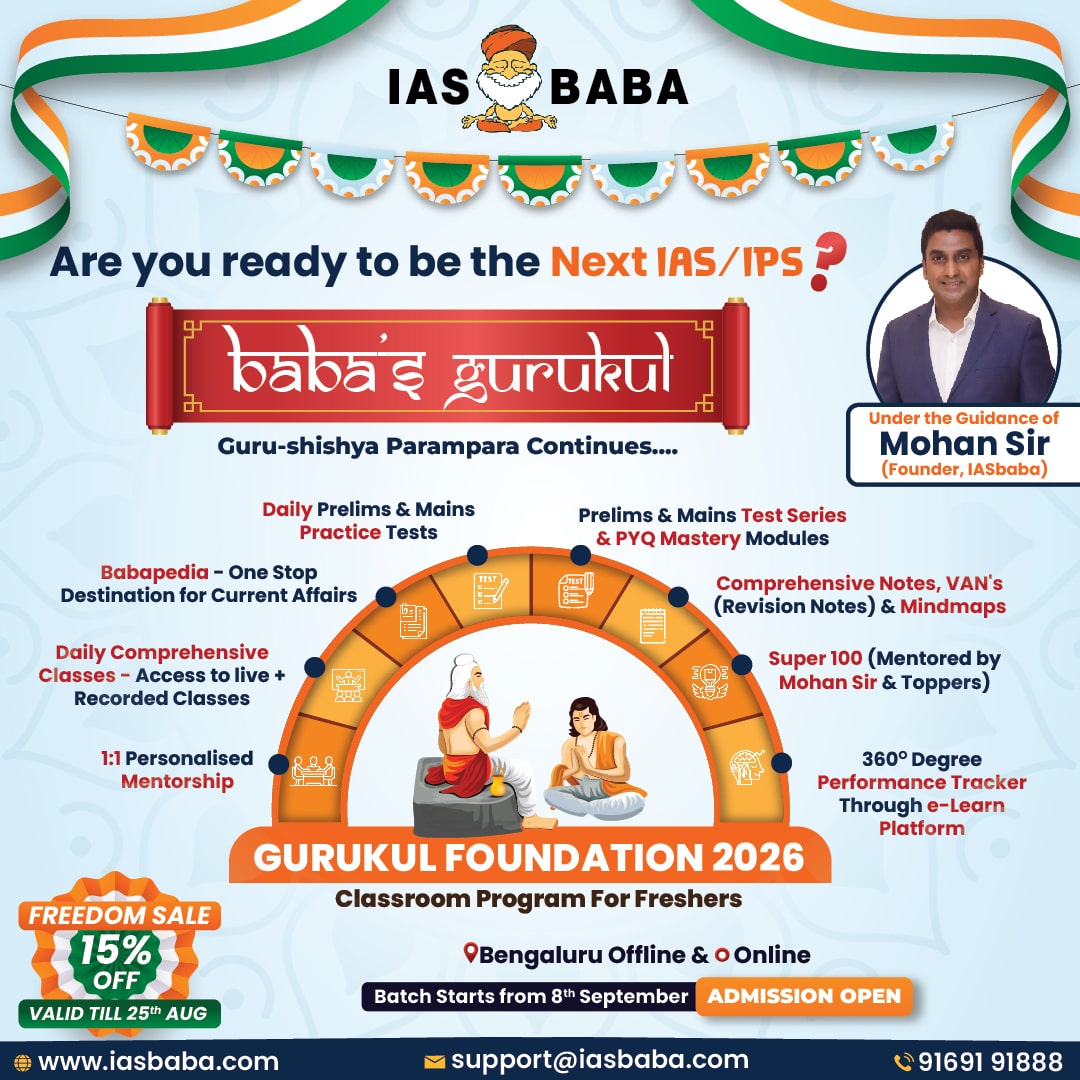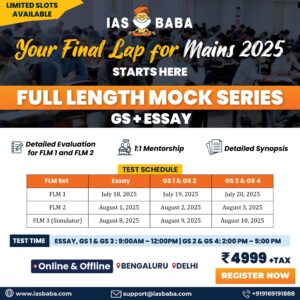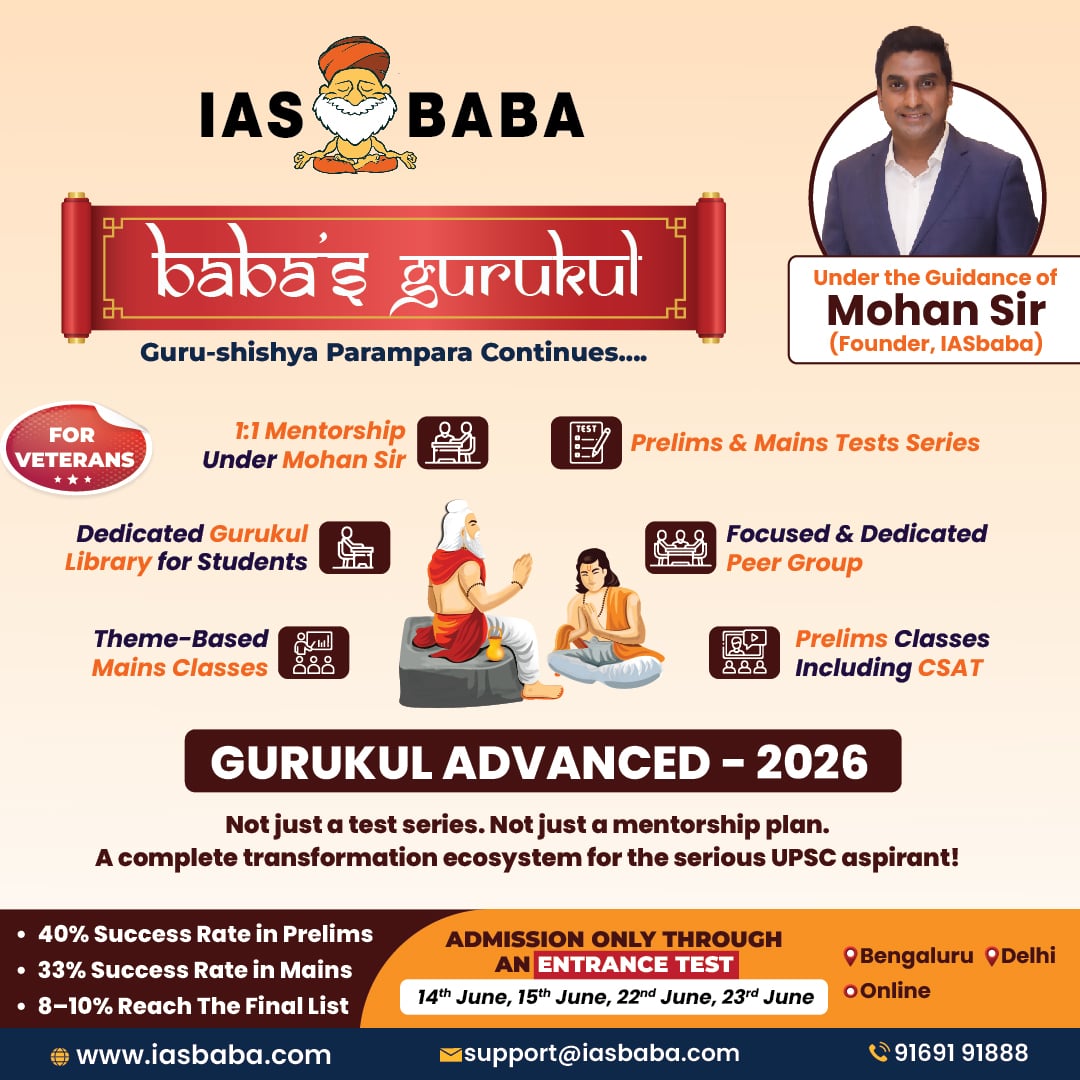All India Radio
Is Bandh the Solution of Problems?
Search 28th November 2016 here http://www.newsonair.com/Main_Audio_Bulletins_Search.aspx
TOPIC:
General Studies 2
- Government policies and interventions for development in various sectors and issues arising out of their design and implementation.
General Studies 1
- Salient features of Indian Society, Diversity of India.
Bandh is one of the oldest of means of protest that has been followed by political parties in India ever since independence. To a great extent, the way in having peaceful bandhs in support of the demands was shown by Gandhiji.
At this juncture, the opinion is divided- bandhs can help get the problems resolved by holding talks with government and other authorities.
On the other hand there is a feeling that bandhs lead to problems for the common man and poor that which sometimes leads to violence and public property getting destroyed.
Despite the opinion being divided, a large number of political parties still believe that bandhs is a legal tool to express their resentment against the government and impress upon them to look upto genuine needs of people.
Hence, today the decision to call for bandhs as a useful means of protest demands discussion.
Bandh in 21st century
Traditionally, bandh is seen as a form of protest. In the past there was an unresponsive government that didn’t listen to opposition voices, voices of organised workers, voices of poor. Hence they would resort to this tool of brining the city or town or country to standstill, not allowing businesses to work and other economic activity to take place. So initially it was used in rare circumstances. Later on it became very frequent and hence received mixed reaction because people’s lives got disturbed and caused them inconvenience.
In this changing scenario, the economic development is taking precedence over everything else, bandhs are hampering the process of economic development and causing greater harms and problems for the people at large.
Demonetisation and call for ban
The demonetisation move initiated the call for a bandh by Congress who is in opposition. However, it was supported only by left parties amongst other opposition parties and thus maximum impact was seen in Kerala and nowhere else.
The call is termed to be pre-matured as people had been already facing difficulties and hardships due to shortage of currency. But this discomfort and hardship has not yet turned into anger in large parts of country. That being the case, the opposition probably jumped the gun rather than waiting for the time when people were together in raising voice to that. With resorting to bandh during times post demonetisation, when people are already facing lot of inconvenience, they are not interested in following a bandh call.
The portrayal of ‘walk the talk’
The PM has struck the chord with people of India on the promise that he was serious about dealing with black money and corruption. The PM has made it visible in a manner that he wants to make the life of the poor much better and thereby reaching out to a wider constituents on a political level. He has specifically reached out to specific sections like farmers, workers, small traders and the rural youth to bear with the new policy decision and hardships created out of it for some time.
Bandh ban in past
In 1997, Kerala HC declared bandhs as “illegal and unconstitutional”. In a separate decision, the court further narrowed the routes open to protestors by imposing restrictions on demonstrations and processions on public roads.
Significantly, the court also held that organisers of the bandhs are liable to compensate the Government, the public and private citizens for any losses they suffer on account of destruction of property during the bandhs.
Supporting this, the highest court- Supreme Court of India- also upheld the Kerala High Court judgement declaring forced bandhs in the state illegal. The Kerala HC judgement had drawn distinctions between a strike, a call for general hartal and a bandh and apex court upheld this distinction.
A distinction has to be made between the right to bandh and right to strike. Strike action evolved as an expression of dissent during the 19th century. The right to strike without disrupting public order is given in all democracies and is a tool that workers use to negotiate terms of work.
Bandh or hartals evolved in late 19th century from the idea of a general strike. Bandh and hartal are Indian versions of mass strikes. They were powerful expressions of popular discontent during the independence movement.
However, in 2009, SC termed bandh as legitimate means of expressing people’s feelings in a democracy, reversing a trend judiciary has followed since 1997. The bench headed by CJI and two senior judges observed that in a democratic country, everyone had the right to express their feelings: a remark that would be lapped up by political parties who never agreed to judiciary’s stand against bandhs.
Conclusion
When SC said that it should be prohibited, it was a first step towards silencing protest. It was an undemocratic solution to prevent legal means of protest.
Banning is not the solution. Bandh should be resorted to in very extreme circumstances when people are put through prolonged hardships and government is not listening to anything at all. The political parties in country are resorting to bandhs both within the house and outside as a means of drawing centre’s attention to problems which are affecting the people and in their opinion in a manner which is unprecedented. There is a tendency in some parties to call for a bandh at a drop of a hat because traditionally it has been done so. Opposition now needs to think something out of box to make their voices heard.
Connecting the dots:
- What is a difference between bandh and strike? Is it a fundamental right? What are other means of peaceful protest that can be lodged against the people in power in order to be heard? Examine.














